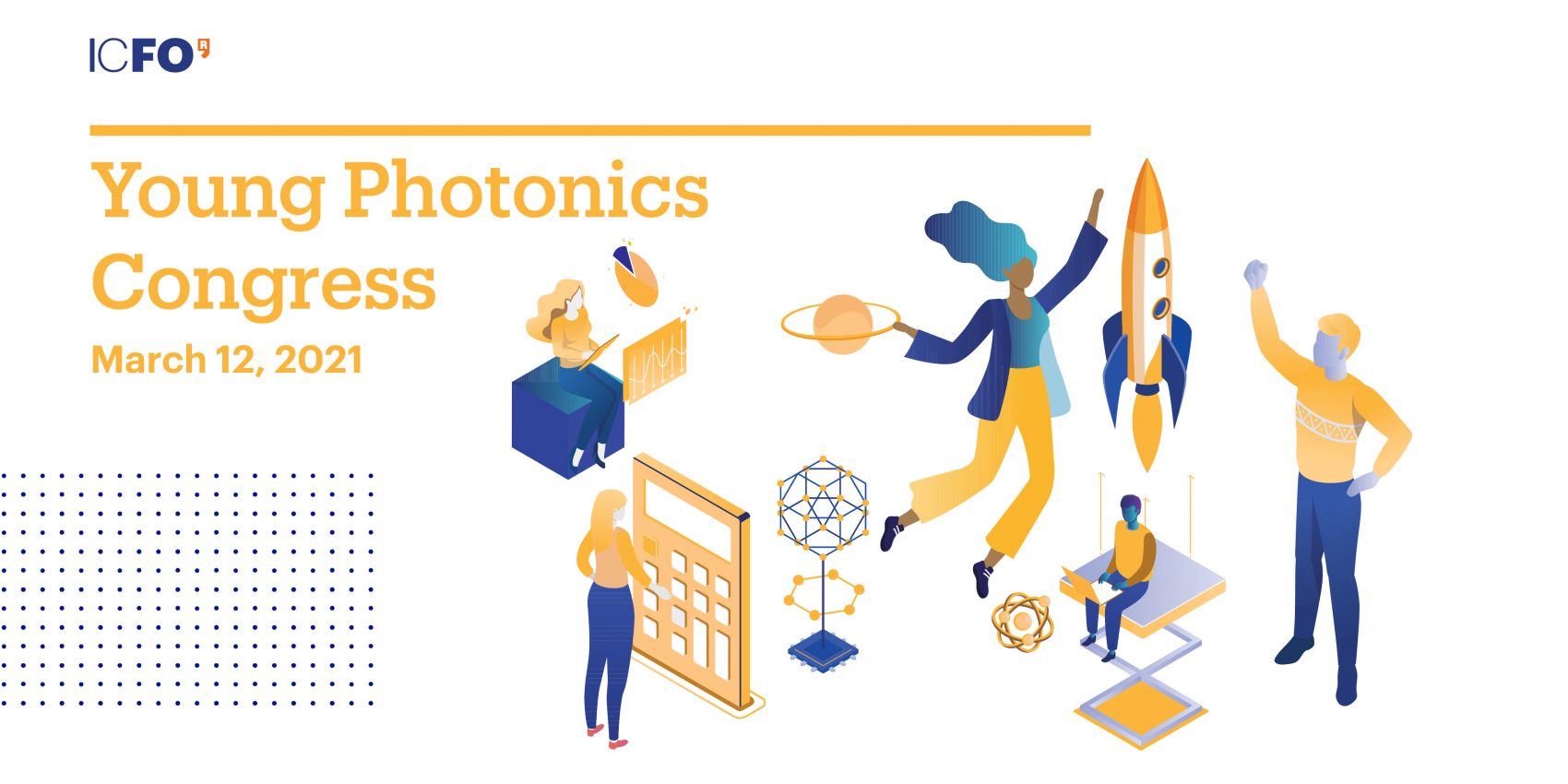
The Young Photonics Congress is a scientific congress where the spotlight is on high school students presenting their research projects.
Discover the world of photonics with flash talks by ICFO researchers and research projects by young scientists!
program
march 12, 2021 – online
Flash talks
Ckick on + for more information
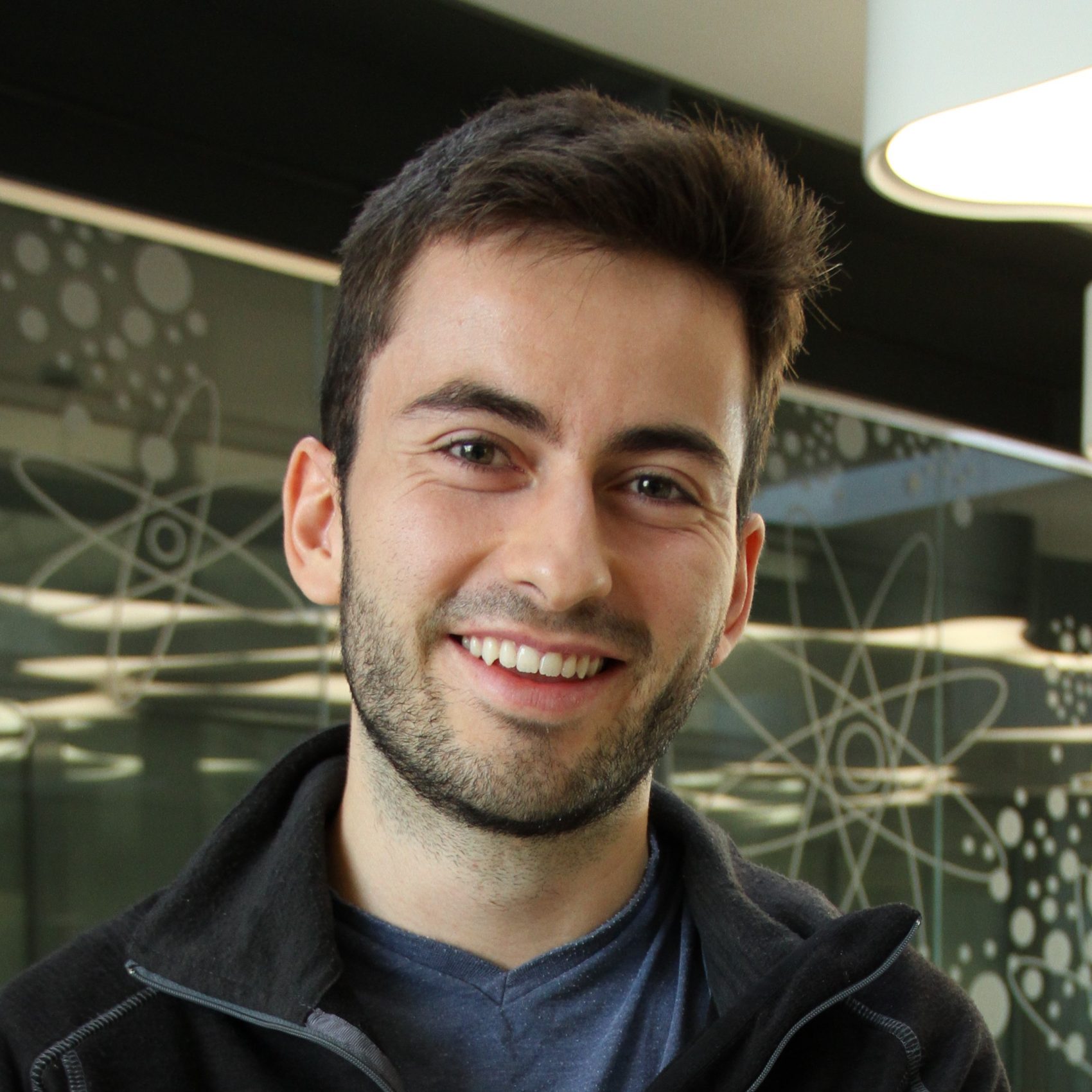
Javier Argüello Luengo
Javier Argüello Luengo graduated in Physics and Mathematics from the Universidad Complutense of Madrid (UCM), and continued his postgraduate studies at the Max Planck Institute for Quantum Optics (Garching, Germany) and the Perimeter Institute for Theoretical Physics (Waterloo, Canada). He is currently a ´La Caixa’ PhD fellow based at the Theory of Quantum Nanophotonics group at ICFO, led by Prof. Darrick Chang. His research interests focus on experimental proposals for strong light-matter interaction, and its use in analog quantum simulation. He collaborates with the outreach department at ICFO and the student association QuinteScience.
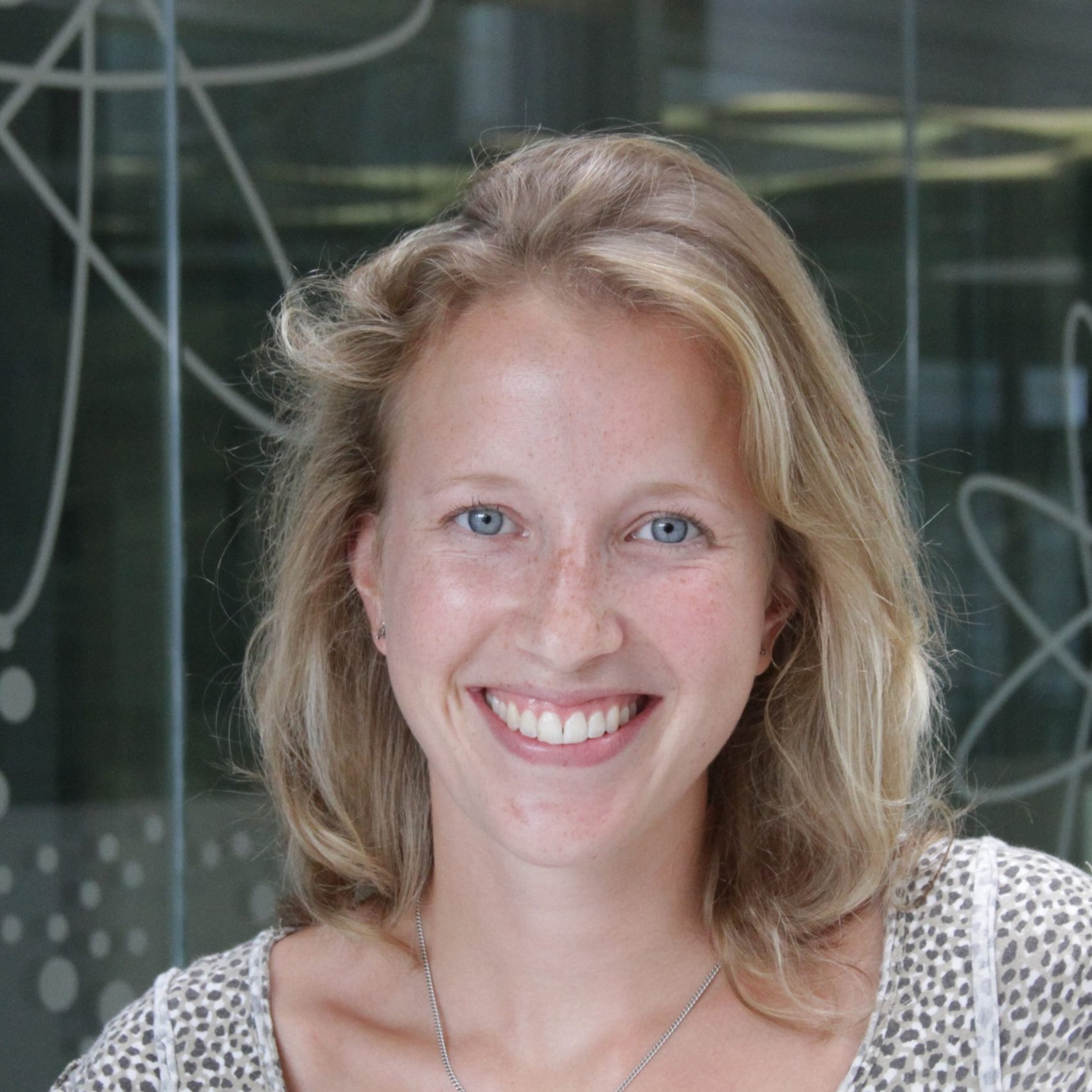
LisA Saemisch
Lisa Saemisch started her physics studies in Germany over 10 years ago and moved to Barcelona in 2014 for an internship at ICFO, in which she developed an imaging system for a very cool quantum gas experiment. The great community at ICFO, the many hours of sun, the sea, Barcelona and the local culture made her stay here, continuing her Master and her PhD studies at ICFO in the molecular nanophotonics group. She has been researching on the interaction of many single molecules with many different very-small antennas and will defend this work in less than two months to obtain her PhD.
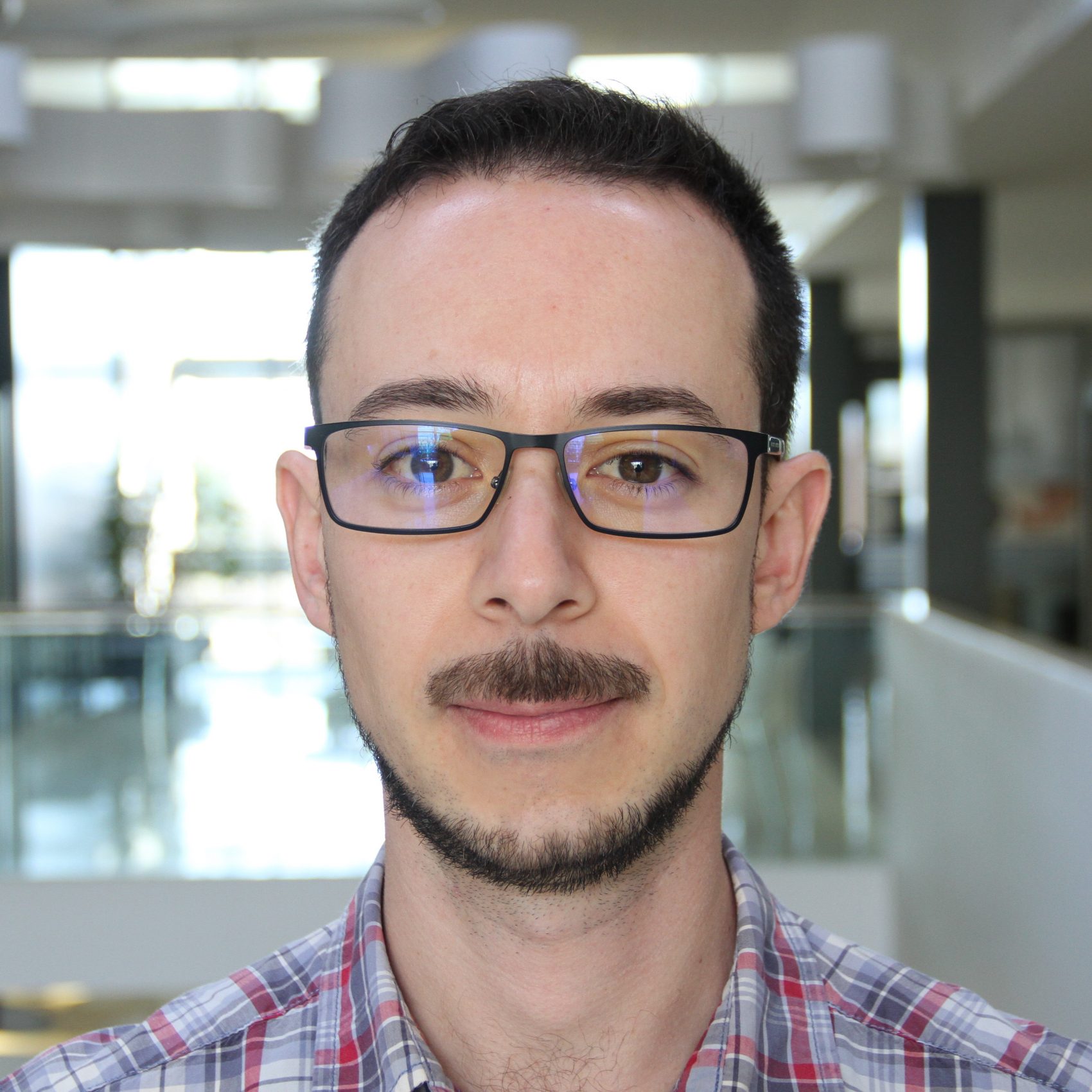
Guillermo Gerling
Guillermo Gerling studied Chemical Engineering and, after working in a company for a few years, he decided to focus on renewable energy and obtain a PhD in photovoltaics solar energy. Since 2018, he has been working as a researcher at ICFO, developing transparent solar cells for applications in windows and buildings.
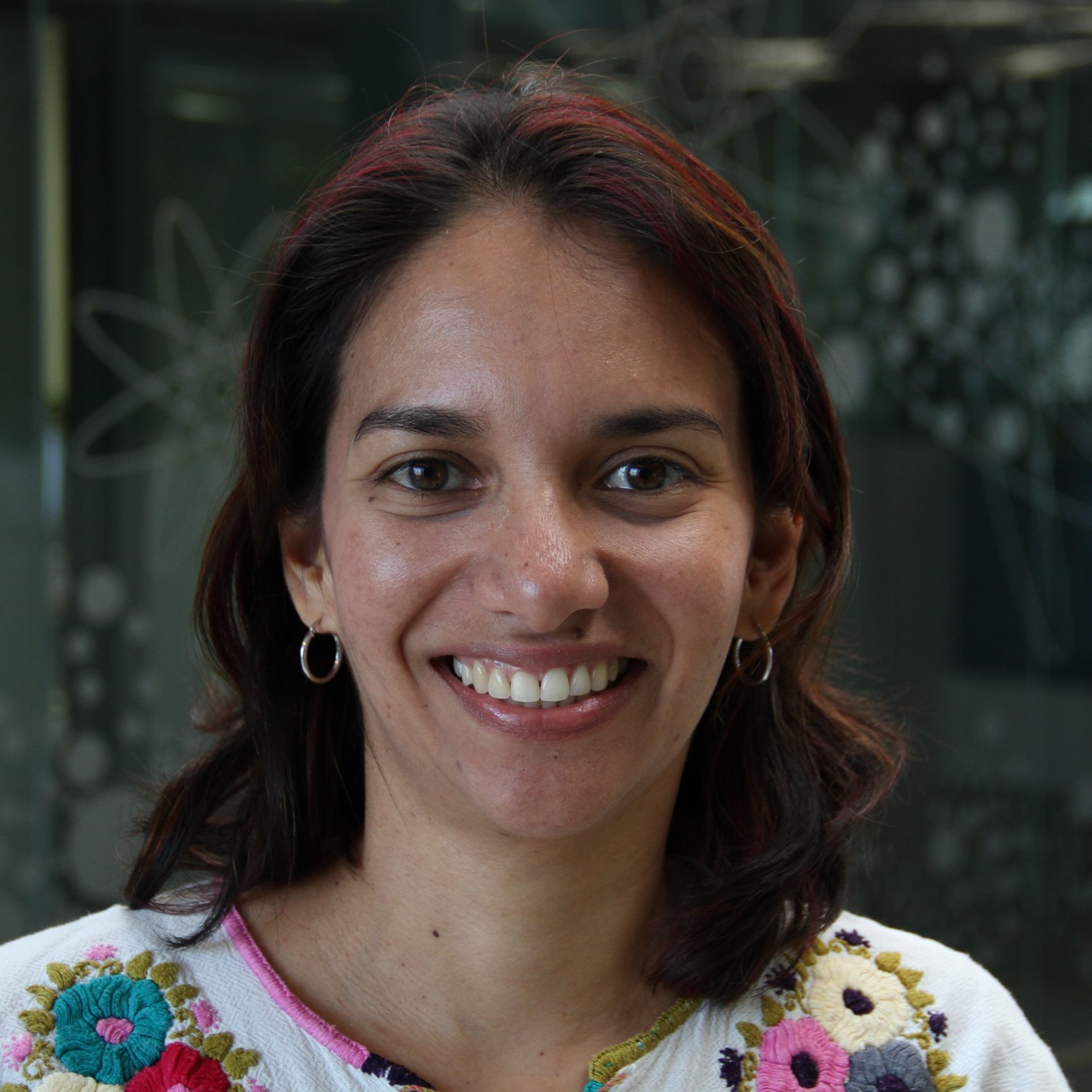
Claudia Valdés
Claudia P. Valdés studied physics in Colombia where she continued with a master’s degree in the area of optics. Between 2011 and 2014, she completed her PhD in ICFO in the medical optics group, developing a technique for imaging blood flow using lasers. She returned to Colombia where she alternated her work as a specialist in microscopy imaging in a company and a research project in medical optics. In 2019, she returned to ICFO as a researcher in the Super-Resolution Optical Microscopy and Nanoscopy group, to participate in the development of a device to obtain high-resolution images of the retina.
PROJECTS
Click on + for more information (all abstracts are in English)
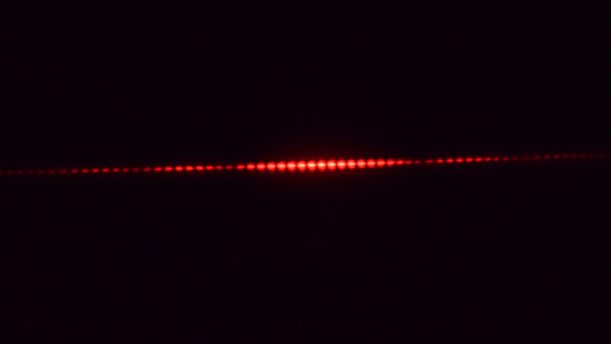
Josep Amigó - En la recerca de la llum
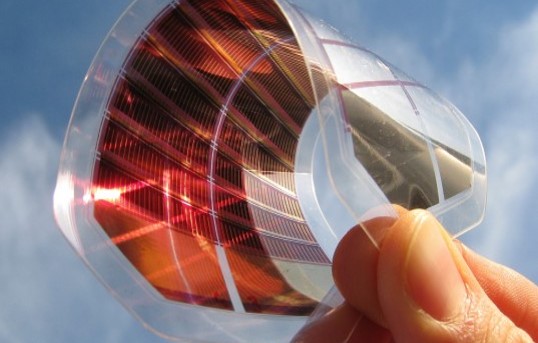
Gina Arnau Torner - The future possibilities of solar cells
Escola Frederic Mistral – Tècnic Eulàlia – Barcelona (2 Bat)
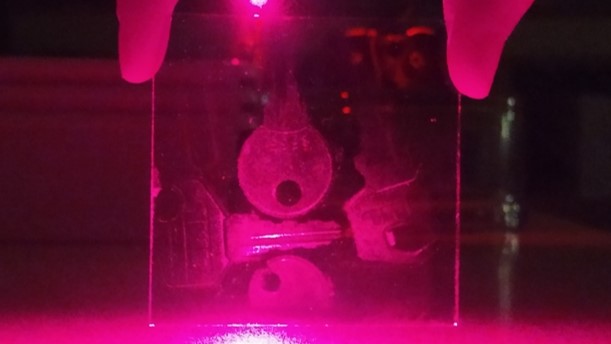
Júlia Yong Bausà Dewald - Estudi de la llum. Una aproximació de la Teoria Ondulatòria
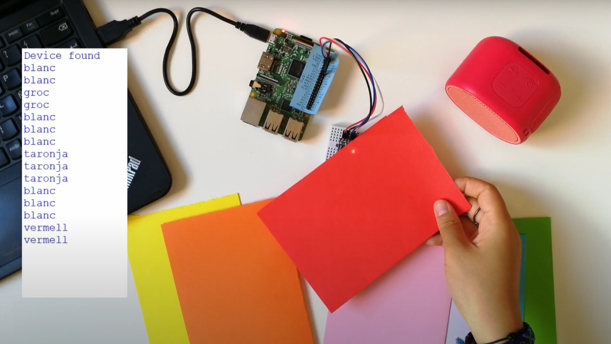
Maria Jie Bolós Gago - Escoltant els colors
Escola Virolai – Barcelona (2 Bat)
Tutor: José Luis Touron
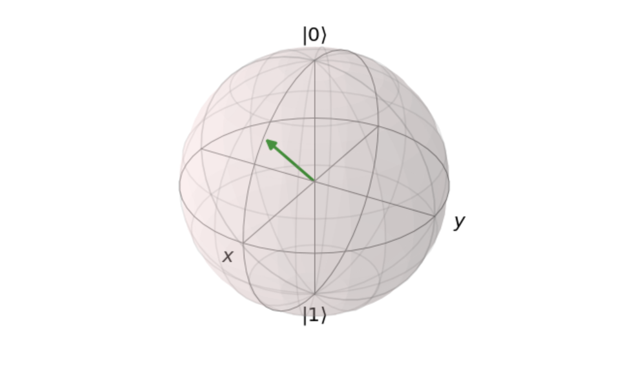
Carla Caro Villanova - Quantum annealing: an insight into its current potential
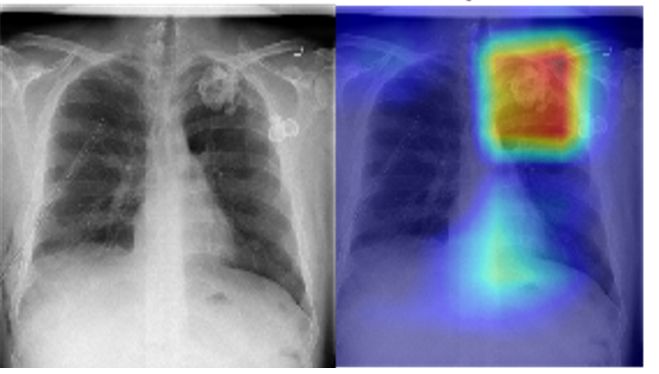
Marta Díez Asensio - Creació d’una xarxa neuronal artificial per a la detecció de quatre malalties pulmonars
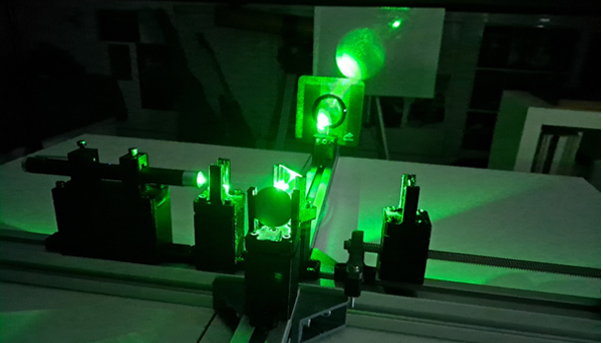
Ariadna García Zaera - Build your own Michelson Interferometer
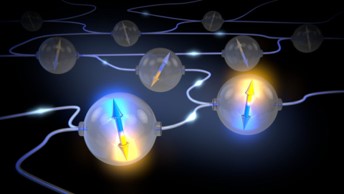
Albert Jiménez Isábal - Quantum cryptography at the service of the citizens
-
Bias in the selection of bases
-
Initial number of qubits

Marc López Alonso - Evidències experimentals de la relativitat
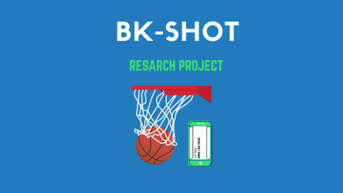
Oriol Morros Vilaseca i Alejandro Nuñez Navarro - BK-SHOOTS
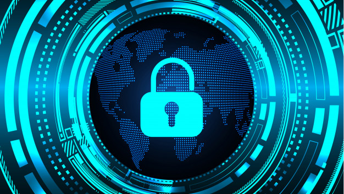
Marçal Muñoz Salat - Criptografia
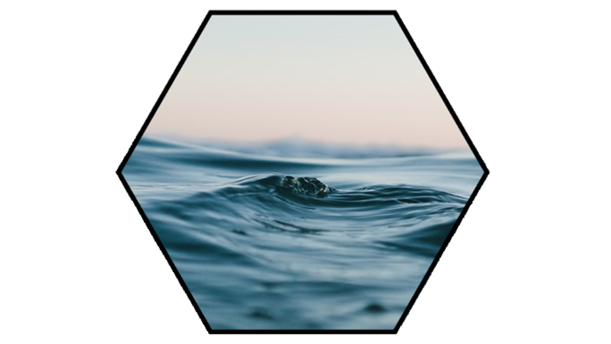
Leonel Fernando Nabaza Ruibal - El potencial del grafè per a la dessalinització de l’aigua de mar
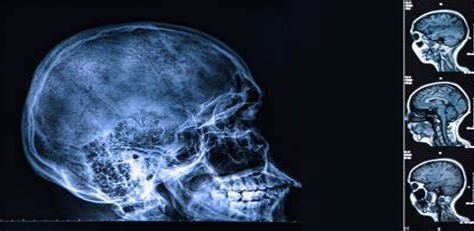
Daniel Rodríguez Ruiz - La física te puede curar
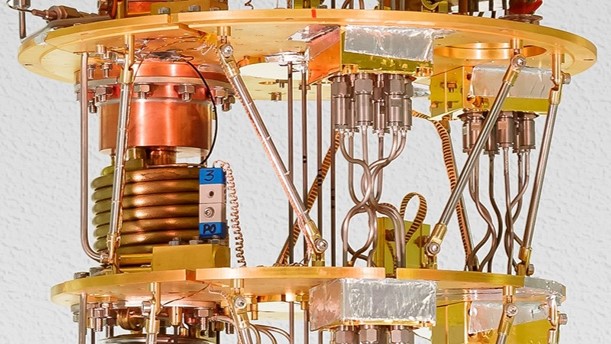
Marc Silvestre i Claros - Computació quàntica
This activity is co-funded by the European Regional Development Funds (ERDF) allocated to the Programa operatiu FEDER de Catalunya 2014-2020, with the support of the Secretaria d’Universitats i Recerca of the Departament d’Empresa i Coneixement of the Generalitat de Catalunya for emerging technology clusters devoted to the valorization and transfer of research results (QuantumCAT 001-P-001644 and GraphCAT 001-P-001702).


